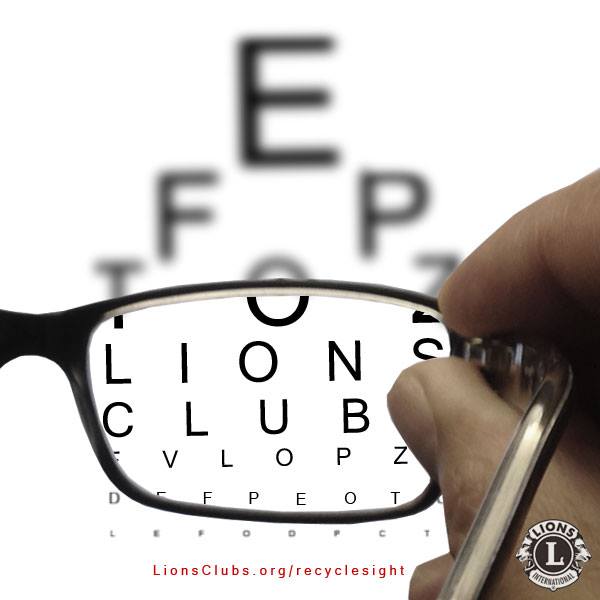For additional questions not answered on this page, contact your local Lions Club chapter today.
What kind of screening did my child receive today?
The SLO Lions School Vision Screening Program provides access to professional eye care for all children in our county, at no cost to the family or parents. Community-minded optometrists, the Lions Service Clubs, and dedicated school nurses have worked together since 1960 to make sure all of our children are visually ready for school. The screenings only take about 1-2 minutes per child using the Modified Clinical Technique of visual assessment, and is considered the “gold standard” of vision screening following the Optometric Clinical Practice Guidelines (OCPGs). It is a non-invasive screening but is not a substitute for a full eye examination in an eye care professional’s office.
Are eye screenings mandatory for my child?
As of September 2014, The state mandates that “during the kindergarten year or upon first enrollment or entry in a California school district of a student at an elementary school, and in grades 2, 5, and 8.” Some school districts also do high school and special needs classes. For further information about what exactly happens in the MCT testing and what the standards for referral are, please click here.
Why are eye screenings important for my child?
In 2000, the First Five funded the Lions Club Preschool Vision Project as an extension of the efforts in elementary schools including children in kindergarten and younger. Screening these younger children is important because amblyopia, the leading cause of child’s blindness, is most effectively treated before age 6. Annually, the screening finds that about 9% of the kids have vision problems. Without the screening, these problems could be missed. To see the effectiveness of this local program and the prevalence of disorders we discover in younger children, please click here.
Which doctor screened my child today?
The purpose of the screening is not to prescribe eyewear and treat eye disease, but to determine which children are most likely to need glasses or other treatment. If your child is referred as a result of the screening, then you should schedule a full eye examination with an eye care professional (optometrist or pediatric ophthalmologist). Choosing a caring local Eye Care Professional with expertise and interest in pediatric vision is important to secure the best care for your child. Click here for a list of local doctors who participate.
How do I know if my child has a visual related learning disorder?
Parents of children with learning delays or reading problems should consider a full visual assessment. Many young kids are thought to be autistic when their only problem is that they’re far-sighted. When kids cannot see well, they go around touching things, and they don’t look at people. Pay attention when your child reports words that blur or slide together when reading or headaches/eye strain while working up close.
My child did not pass the screening process, what next?
There are 4 types of refractive errors that will appear in the screening test. It’s good to detect these errors early, as they can often make school more difficult for your child. If any of these things were detected in the test, your child will be referred for a full vision examination to see if glasses are necessary.
- Nearsightedness (myopia) makes it difficult to see things far away, such as the board in the classroom.
- Farsightedness (hyperopia) can make it harder to see things up close. A small amount of farsightedness is normal among school-aged children, but larger amounts can cause eyestrain, blurry vision, and sometimes even eye crossing. Farsighted children often struggle with reading and may appear lazy because they avoid doing near work.
- Astigmatism can make things look distorted at all distances. It has an association with problems copying from the board and difficulty in reading fluency.
- Anisometropia is a difference between the two eyes and makes it difficult to use both eyes together resulting in a lazy eye (amblyopia) in the eye with the higher prescription.
My child passed the screening process; do I need to schedule any other kind of examination for them this year?
Even if your child passes the screening process, you should schedule an examination if you suspect that your child has a vision problem or if you have a family history of vision problems. The screenings are not a substitute for a full eye examination in an eye care professional’s office. The American Optometric Association suggests yearly exams for children with glasses or other visual disorders and biannual exams for well eye checks.
 How can I prepare my child before the test?
How can I prepare my child before the test?
If your child has glasses, make sure they bring them to school as directed. The American Optometric Association suggests yearly exams for children with glasses or other visual disorders and biannual exams for well eye checks.
For additional questions not answered on this page, contact your local Lions Club chapter today.






